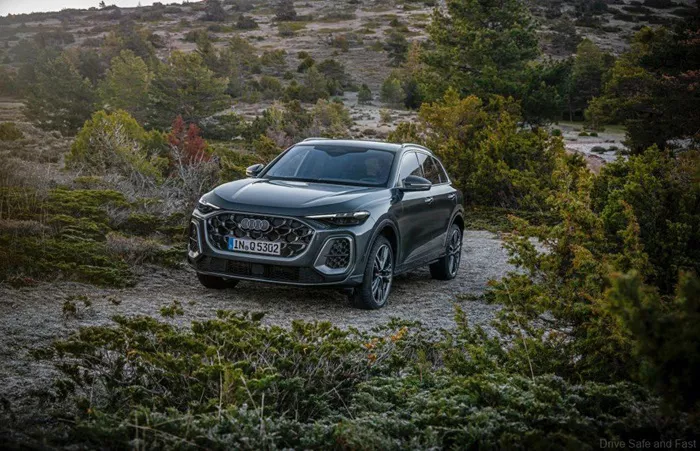The debut of the third-generation Audi Q3 presents a compelling proposition for young consumers eyeing luxury SUVs, positioning itself as a cost-effective alternative against both premium new-energy rivals and fellow BBA models priced above 350,000 RMB. Industry analysts note that the Q3’s strategic pricing could disrupt the 200,000-300,000 RMB segment, where new-energy SUVs have been gaining traction.
Audi’s decision to prioritize localization upgrades for the Chinese market further enhances the Q3’s competitiveness. Expected adjustments may include extended wheelbases for improved rear-seat space, optimized chassis tuning for local road conditions, and integration of Chinese-developed smart cockpit features.
These adaptations reflect Audi’s strategy to counter the rapid rise of domestic new-energy brands that have dominated the mid-range premium SUV sector.
While BBA competitors like the BMW X1 and Mercedes GLA have struggled to maintain market share against Chinese EV upstarts, the Q3’s combination of German engineering, luxury branding, and accessible pricing could serve as a pivotal model for Audi.
Industry insiders speculate that if the Q3 successfully balances affordability with premium features, it may become a key weapon for BBA to reclaim ground in the fiercely contested 200,000-300,000 RMB SUV segment.
As Audi readies the Q3 for its Chinese debut, all eyes are on whether this revamped model can effectively counter the surge of new-energy SUVs and reinvigorate BBA’s presence in the mid-luxury market. The vehicle’s launch is scheduled to coincide with intensified competition in the segment, making its market performance a critical barometer for premium automakers’ strategies in China’s evolving automotive landscape.

